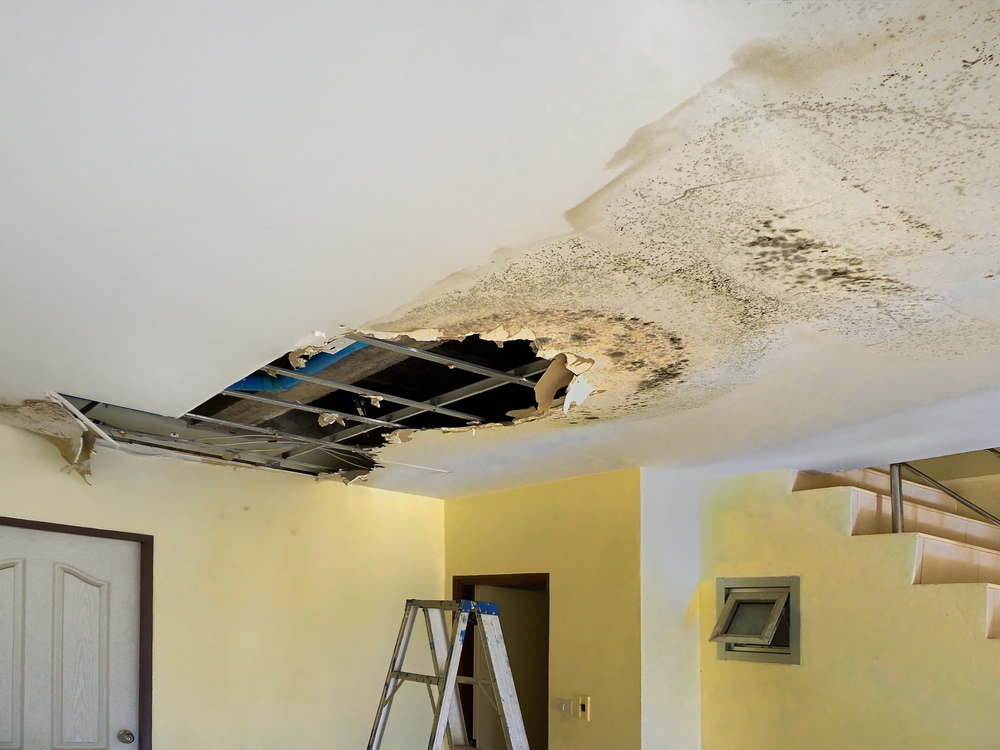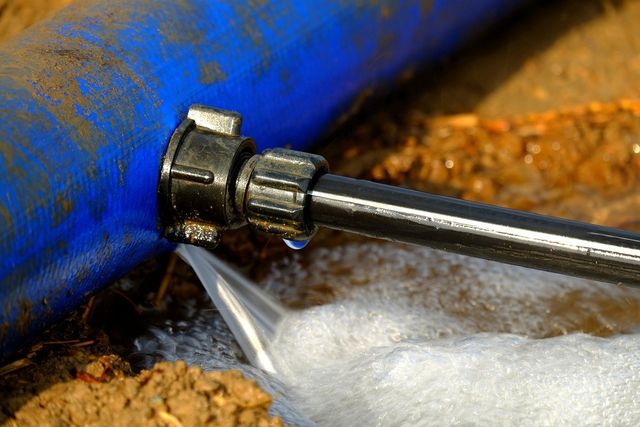Just how to Check If Your House Has a Hidden Leak
Just how to Check If Your House Has a Hidden Leak
Blog Article
Each person may have his or her own theory on the subject of Finding hidden leaks.

Early detection of leaking water lines can minimize a prospective disaster. Some tiny water leakages might not be visible.
1. Examine the Water Meter
Every home has a water meter. Examining it is a surefire manner in which helps you discover leaks. For starters, switch off all the water resources. Make certain no one will certainly purge, utilize the tap, shower, run the cleaning maker or dishwasher. From there, go to the meter as well as watch if it will certainly transform. Since no person is using it, there must be no motions. If it moves, that suggests a fast-moving leak. Furthermore, if you find no changes, wait a hr or more and inspect back again. This indicates you may have a sluggish leakage that could even be underground.
2. Inspect Water Intake
If you find unexpected modifications, despite your intake being the same, it suggests that you have leakages in your plumbing system. A sudden spike in your costs suggests a fast-moving leak.
A steady rise every month, even with the exact same behaviors, shows you have a slow leak that's additionally gradually intensifying. Call a plumber to completely check your residential or commercial property, specifically if you feel a warm location on your flooring with piping below.
3. Do a Food Coloring Test
When it comes to water intake, 30% comes from commodes. If the shade in some way infiltrates your bowl during that time without flushing, there's a leakage in between the storage tank as well as bowl.
4. Asses Outside Lines
Do not fail to remember to inspect your outdoor water lines too. Examination spigots by connecting a yard hose pipe. Must water leak out of the link, you have a loosened rubber gasket. Change this and make certain all links are limited. It will aid get it professionally examined and also kept annually if you have actually obtained a sprinkler system. One small leakage can throw away lots of water and surge your water expense.
5. Evaluate the situation and evaluate
Home owners must make it a behavior to check under the sink counters and also even inside cupboards for any bad odor or mold growth. These two red flags suggest a leakage so punctual attention is needed. Doing regular assessments, even bi-annually, can conserve you from a major issue.
More significantly, if you recognize your house is currently old, maintain a watchful eye on your heaters, hose pipes, pipes and so on. Look for discolorations and deteriorating as the majority of pipelines and home appliances have a life span. They will certainly also normally deteriorate as a result of tear and also wear. Don't wait for it to intensify if you think dripping water lines in your plumbing system. Call a specialist plumber as soon as possible so you do not end up with a terrible mess in your house.
Early detection of leaking water lines can alleviate a possible catastrophe. Some small water leaks might not be noticeable. Examining it is a surefire way that helps you discover leaks. One tiny leakage can lose loads of water as well as surge your water expense.
If you suspect dripping water lines in your plumbing system, do not wait for it to escalate.
WARNING SIGNS OF WATER LEAKAGE BEHIND THE WALL
PERSISTENT MUSTY ODORS
As water slowly drips from a leaky pipe inside the wall, flooring and sheetrock stay damp and develop an odor similar to wet cardboard. It generates a musty smell that can help you find hidden leaks.
MOLD IN UNUSUAL AREAS
Mold usually grows in wet areas like kitchens, baths and laundry rooms. If you spot the stuff on walls or baseboards in other rooms of the house, it’s a good indicator of undetected water leaks.
STAINS THAT GROW
When mold thrives around a leaky pipe, it sometimes takes hold on the inside surface of the affected wall. A growing stain on otherwise clean sheetrock is often your sign of a hidden plumbing problem.
PEELING OR BUBBLING WALLPAPER / PAINT
This clue is easy to miss in rooms that don’t get much use. When you see wallpaper separating along seams or paint bubbling or flaking off the wall, blame sheetrock that stays wet because of an undetected leak.
BUCKLED CEILINGS AND STAINED FLOORS
If ceilings or floors in bathrooms, kitchens or laundry areas develop structural problems, don’t rule out constant damp inside the walls. Wet sheetrock can affect adjacent framing, flooring and ceilings.
https://www.servicemasterbyzaba.com/blog/how-to-detect-water-leakage-in-walls/

I have been very intrigued by Top leak detection hacks and I am assuming you appreciated the new blog posting. Sharing is good. One never knows, you may very well be helping someone out. Thank-you for taking the time to read it.
Report this page